Visit Beautiful Ruins That Will Take Your Breath Away
Now that Cambodia is fully open for our Globe Aware volunteers, Angkor Wat is the perfect choice for travelers who love time traveling, especially history-loving tourists!
Decay And Beauty: 10 Hauntingly Beautiful Ruins That Will Take Your Breath Away
BY NARGIZ MAMMADZADA
MAR 1, 2023
THE TRAVEL
Traveling is always exciting, but another part of these trips that gives pleasure is getting to know the people, cultures, and most importantly, the history of the countries. Sometimes, looking at a historical monument, thinking that the monument, which is now only a remnant, was once a building or tower recently commissioned, imagining the people who lived there, and the important historical events that took place, can drag a person into a dream world that lasts for hours. For history lovers who want to add another flavor to their trip, or for those who just want to set foot in historical places, here are the 10 most fascinating and breathtaking historical places in the world.

10 Bagan, Myanmar
Bagan, formerly Pagan, is an ancient city located in the Mandalay Region of Myanmar. Founded in the 2nd century, the temple city became the capital of the Pagan Kingdom, which was the first kingdom to unite the region from the 9th to the 13th century. The temple city is on the UNESCO World Cultural Heritage list. According to UNESCO records, there are 2,229 temples in the 40 km² Bagan Archaeological Site. Although there have been those that have been destroyed by earthquakes that have been going on for hundreds of years, most of these temples are still standing today. The Ayeyarwady (Irrawaddy) River runs through the northern and western edges of Bagan, which was once the capital of a powerful kingdom. The Bagan archaeological site is home to Nyaung U, Old Bagan, Myinkaba, New Bagan, and several cities. Among them, Nyaung U is the most active city in the region and the main transportation hub.
Date of construction: between the 11th and 13th centuries AD
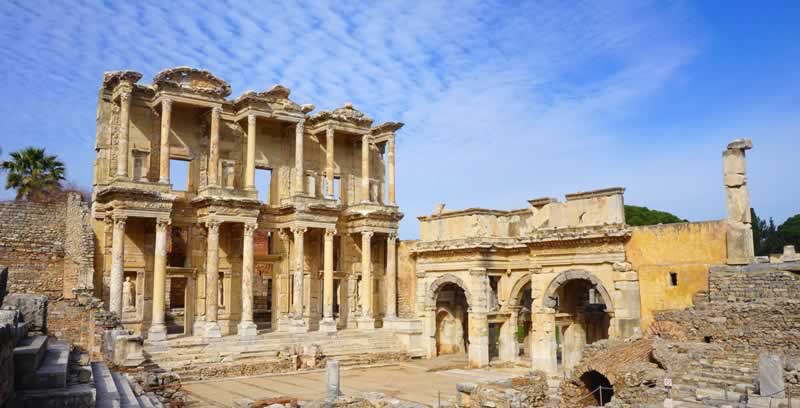
9 Ephesus, Turkey
The first establishment of the ancient city of Ephesus, within the borders of the Selçuk District of İzmir Province, dates back to 6000 BC. During the research and excavations carried out in recent years, settlements belonging to the Bronze Ages and Hittites were found on the mounds (prehistoric hill settlements) around Ephesus and on Ayasuluk Hill, where the castle is located. The name of the city was Apasas during the Hittites Period. The port city of Ephesus, where immigrants from Greece started to live in 1050 BC, was moved around the Temple of Artemis in 560 BC. Ephesus, which is visited today, was founded by Lysimakhos, one of the generals of Alexander the Great, around 300 BC. Ephesus, which lived its most glorious times in the Hellenistic and Roman periods, had a population of 200,000 as the capital of the Asian state and the largest port city. Ephesus was relocated again during the Byzantine Period and came to Ayasuluk Hill in Selçuk, where it was founded for the first time.
Date of construction: 10th century BC
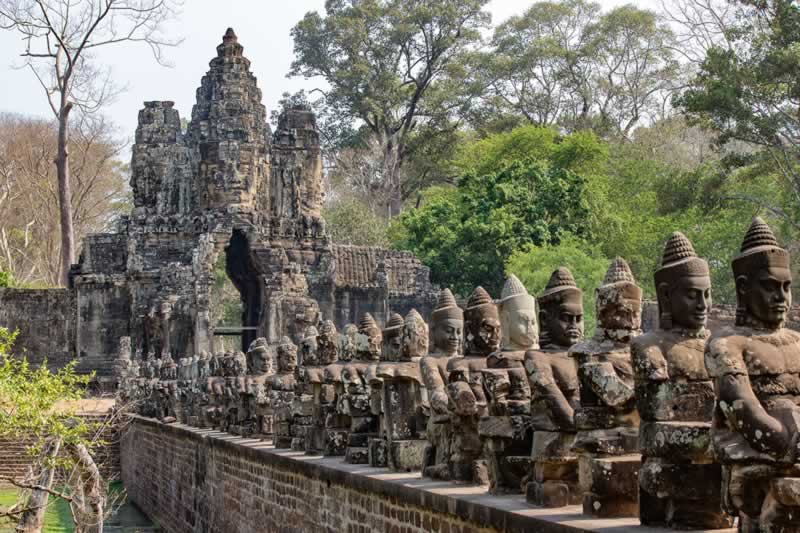
8 Angkor Wat, Cambodia
Angkor Wat, which adds even more meaning to Cambodia’s unique charm, is the award-winning temple and the most important part of the region known as Angkor Archaeological Park. The temples of Angkor Archaeological Park, which was built as a unique Khmer capital for King Suryavarman II in the 12th century and known as the largest pre-industrial city in history, are candidates for being the 8th wonder of the world. Angkor Wat’s five central towers symbolize the peaks of Mount Meru, the abode of the gods according to Hindu mythology. Angkor Wat, the Cambodian pilgrimage destination, is impressive both architecturally and spiritually. Before its collapse in the 15th century, Angkor Wat was the largest city in the world.
Date of construction: 1110-1150 AD
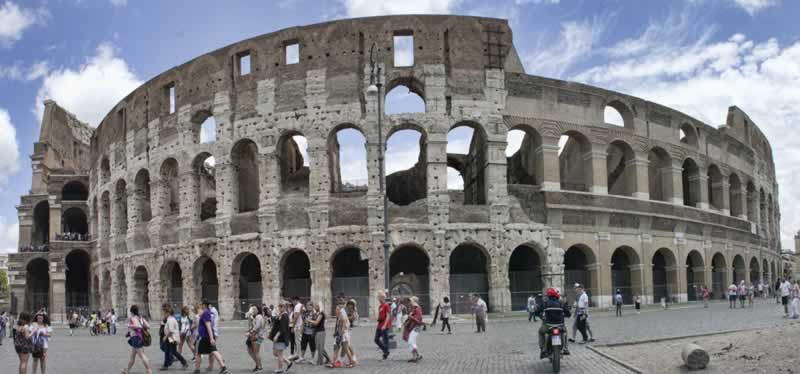
7 Roman Forum And The Colosseum, Italy
The Colosseum, also known as the Flavian Amphitheater and one of the New 7 Wonders of the World, is located in Rome, one of the most tourist cities in Italy. One of the most recognizable structures in the world, the Roman Colosseum is the largest building from the Roman period. The imposing presence of modern Rome in the city center is a testament to the incredible history of the city and the achievements of the Roman Empire.
Visitors who come out of the nearest metro station or turn a corner and see this beauty for the first time may be stunned by its immense presence. This work, whose construction began in 72 AD, is still one of the largest tourist attractions in the world today. The Colosseum in beautiful Italy, which provides tourism with its culture, art, and architecture, is of great importance because it is located in the arena where Caesar walked and gladiators fought. In the Forum right next to it, Palatine Hill is also a must-see, and those who buy a Colosseum ticket are free to enter the Forum!
Date of construction: 7th century BC & between AD 70 and 72
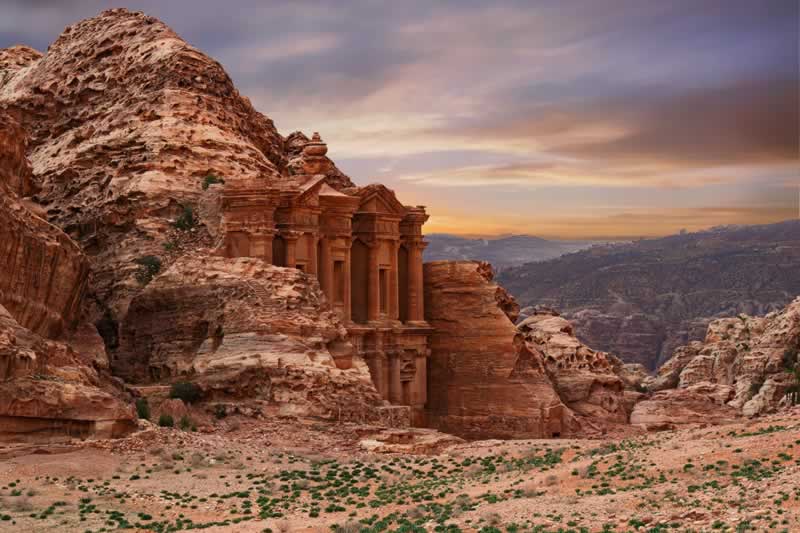
6 Petra, Jordan
Petra – An ancient city located in the southwestern corner of the Hashemite Kingdom of Jordan, amid rugged desert canyons and mountains, between the Dead Sea and the Gulf of Aqaba. Also known as ‘Raqmu’ or ‘Rose City’ due to the color of the rocks, Petra consists of an amphitheater, tombs, reliefs, and temples carved into sandstone rock blocks on an area of approximately 100 km. Forgotten for centuries and discovered by Swiss-born traveler Johann Ludwig Burckhardt in the 19th century, this ancient city was selected in the New 7 Wonders of the World List in 2007. This fascinating ancient city has a surreal experience with its structures built as a result of carving the rocks in a narrow canyon. You should see this place under the stars by attending Petra by Night, where you will get detailed information about Petra and the Nabataeans, accompanied by Bedouin music and traditional Bedouin mint tea.
Date of construction: 312 BC
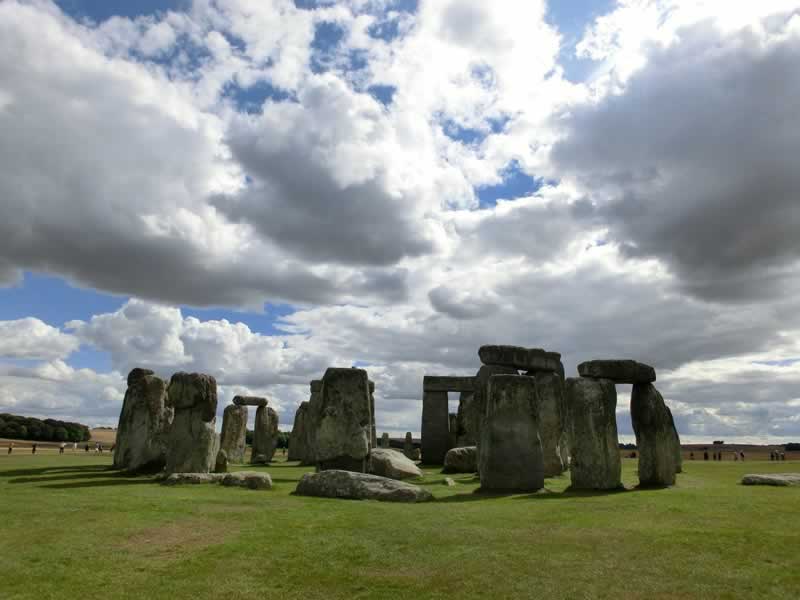
5 Stonehenge, United Kingdom
Stonehenge, thought to have been built in 2500 BC, is located in Salisbury, an hour-and-a-half train ride from London. This fascinating monument, which is on the UNESCO World Heritage List, was used as the largest cemetery in England for 500 years after it was built. Although the reason why the Stonehenge Monument was built remains a mystery even today, some archaeologists think that the British built it for religious ceremonies, while others claim that the structures were used to study the movements of the sun and moon. Either way, Stonehenge’s megalithic structures are seen as an engineering feat.
Date of construction: early 2500 BC
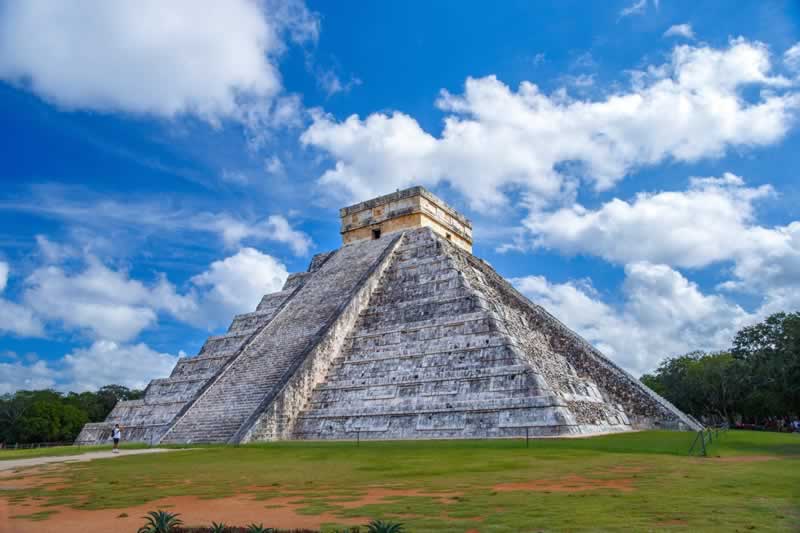
4 Chichen Itza, Mexico
The ancient Maya city and one of the New 7 Wonders of the World, Chichen Itza, is located inland in the flat forests of Mexico’s Yucatan Peninsula, within easy daily walking distance of Cancun and the Mayan Riviera. This great Mayan city was an important center from the 7th to the 13th centuries and for a time, was the capital of the region.
Today, this restored artifact is one of the best Mayan sites in Mexico and mirrors the Mayan culture. One of the biggest tourist attractions in Mexico, the huge pyramid in this region is the most recognizable symbol of Chichen Itza.
Date of construction: early 400s AD
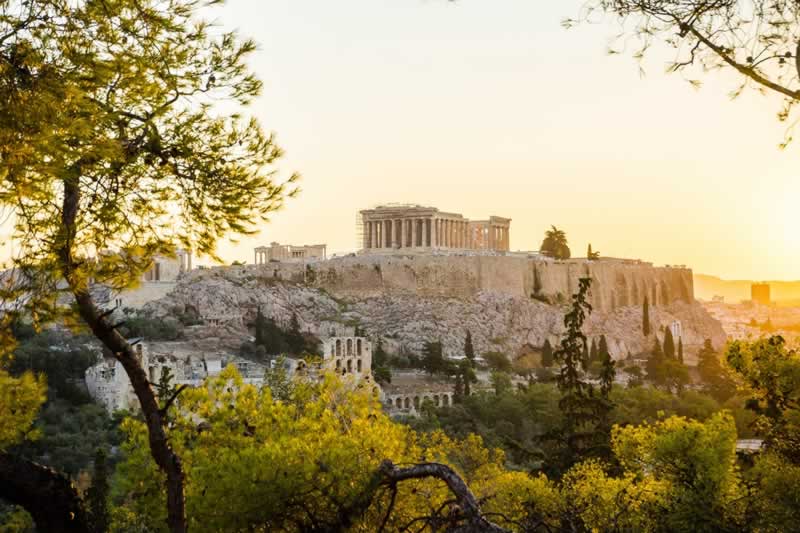
3 Acropolis Of Athens, Greece
Rising above the city of Athens, the Acropolis remains a proud monument to Ancient Greece. Dominating this region from the 5th and 4th centuries BC, the Parthenon is the largest and best-known structure from the period and symbolizes the country’s extensive history.
The Acropolis has a magnificent view, shimmering in the Mediterranean sun by day and illuminated for dramatic effect at night. Awe-inspiring for first-time visitors to the city, this sight is inspiring for travelers planning to travel to other parts of Greece. History-loving tourists from other countries never leave the country without visiting this place.
Date of construction: 5th century BC
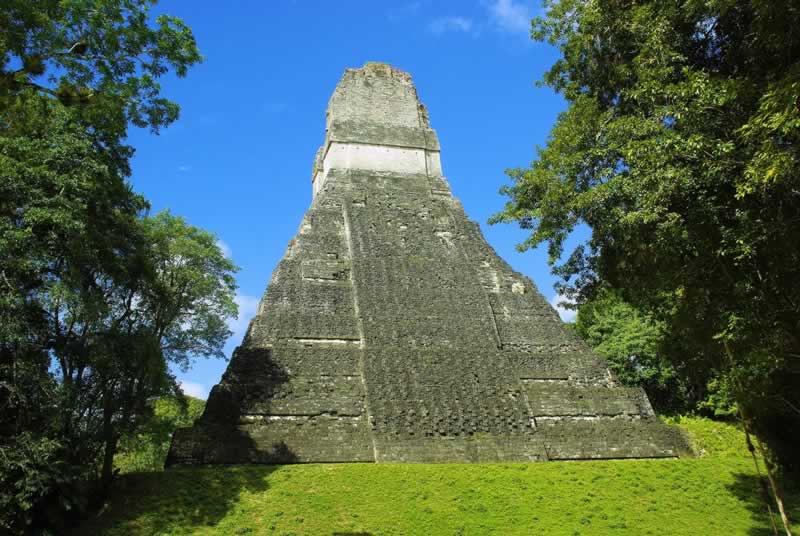
2 Tikal, Guatemala
The ancient Mayan city of Tikal is one of the largest archaeological sites in Central America. Surrounded by forests in northern Guatemala, this region dazzles with more than 3,000 complex structures that existed between 600 BC and 900 AD, consisting of ancient pyramids, temples, squares, and dozens of buildings of all types.
The area was rediscovered in the mid-1800s and opened to the public in the 1950s. Some of the sites have been restored, but work continues in some areas that have not yet been mapped or excavated. The ruins are located in Tikal National Park, a biosphere reserve that protects the forest and wildlife of the region.
Date of construction: By 600 BC
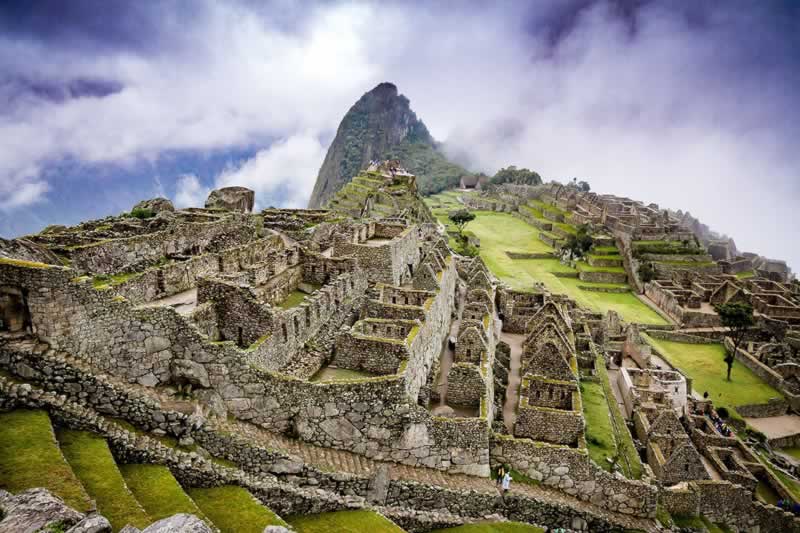
1 Machu Picchu, Peru
The mysterious ancient Inca city of Machu Picchu, one of the New 7 Wonders of the World, founded centuries ago on the summit of the Andes, hosted by Peru, offers its visitors a dream-like travel experience with its fascinating view. Machu Picchu, one of the most outstanding architectural achievements of mankind, is located at an altitude of about 2450 meters above sea level. This fascinating city, which is famous for its large stone blocks, is on the UNESCO World Cultural Heritage List. The dazzling masonry on the gigantic walls made without the use of mortar also reveals the advanced level the Incas reached in architecture and mathematics. Machu Picchu is one of the most mysterious structures in history and has managed to remain hidden at the top of the mountains and survived until today. To reach Machu Picchu, it is necessary to take the train or walk from Cusco to Aquas Calientes.


0 Comments